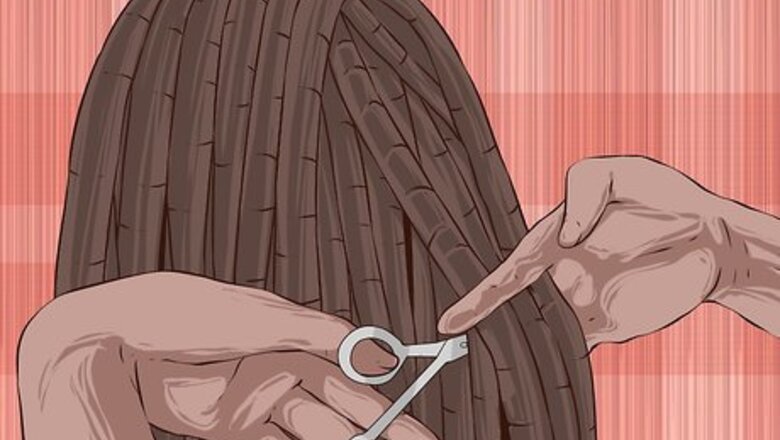
views
Cutting off Dreadlocks
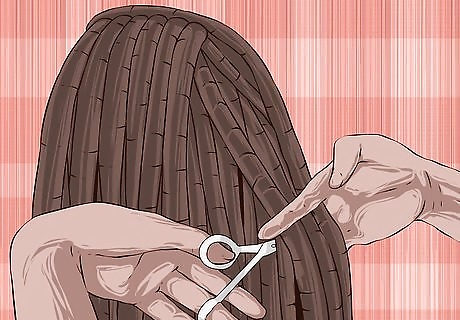
Cut off each dreadlock with scissors. How short you cut the dreadlocks depends on how much hair you wish to retain. Perform this step even if you plan to shave your head, it will make the process a lot easier. If you plan to shave your head, cut the dreads off close to the scalp where the hair is less tangled. If you want to retain a bit of length without too much work, cut the lock off 1–2 in (2.5–5.1 cm) from the scalp. The remaining hair should be relatively easy to untangle and comb out. If you wish to keep more than an inch or two of hair, see the method below for combing out dreadlocks.
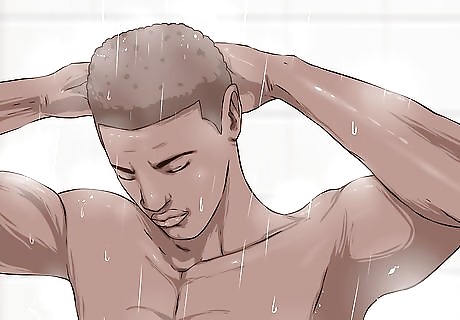
Wash your scalp and hair thoroughly. If you are not planning to shave your head, you should also condition your remaining hair with a leave-in or hot oil conditioning treatment. This will help moisturize your scalp.
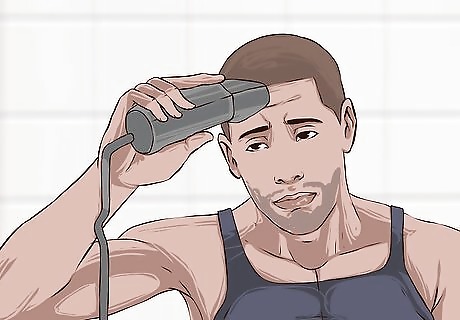
Shave off the rest of your hair or comb out what's left. You can either keep going and shave off the rest of your hair or comb out your remaining hair. Option 1: Shave your head using clippers, or shaving cream and a razor. Be careful not to cut yourself! Go slowly in case you encounter knots or tangles since you don’t want to rip your hair out. Option 2: Once the remaining hair has been thoroughly conditioned, comb out the tangles using a sturdy comb and a detangling spray, conditioner, or oil. Start at the tips of your locks, working towards your scalp, and keep your hair damp and moisturized as you work through one section at a time.
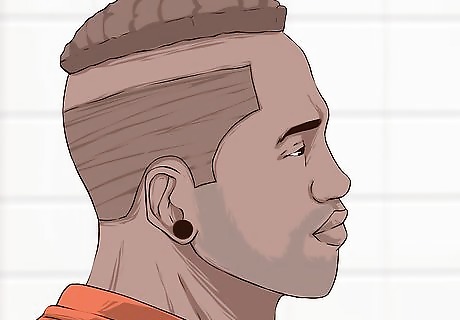
Style the hair you have left and enjoy your newfound freedom! Head to a stylist to have your remaining hair cut and styled as you like. It is normal for hair that has been in dreadlocks to act up for the first few days, so you might want to wait until it settles down before getting it cut.
Combing out Dreadlocks
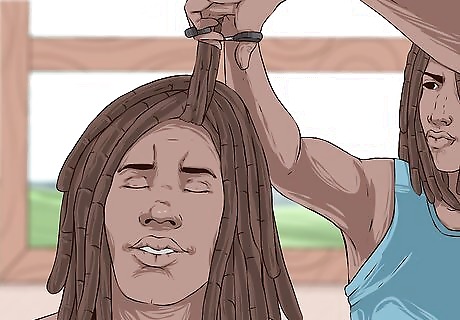
Block out some time and recruit some helpers. Dreadlock removal is a very time-consuming process. You should plan on it taking a few days if you are going it alone. The more friends you have help, the faster it will go. Many people recommend taking a long weekend, or even a few days off work to complete the process. If you cannot remove your dreadlocks in a single block of time, consider working on just one section at a time, and either braiding the loose hair or disguising it in a ponytail. You can also cover your work-in-progress hair in a head wrap or scarf.

Assemble your supplies. There are a number of commercial products that are designed for dreadlock removal, but you can easily assemble a do-it-yourself kit at a local drugstore or salon supply store. A strong comb for each person who will be helping. A metal rat tail comb works best. If you end up using plastic combs, have extras on hand for when they break. Deep-cleaning shampoo. If you have ever used any kind of wax on your dreadlocks, you will need one formulated for wax-removal. Many people swear by baby shampoo as a great residue-remover. 2-4 bottles of conditioner to lubricate the hair and make it easier to untangle. Any conditioner will work, but a specialized detangler, knot removal or "slippery" conditioner will be more efficient. Some people also swear by children's detangler sprays, or even coconut or olive oil. A spray bottle filled with water.
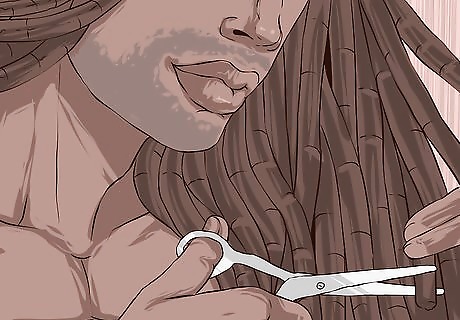
Trim the ends of your dreadlocks. If you have not had your dreadlocks for a long time (less than 2 years) you may skip this step, but most people find it helpful to trim at least the bottom ⁄2 in (1.3 cm) from each dreadlock before they begin. The more you cut off, the less combing you have to do!
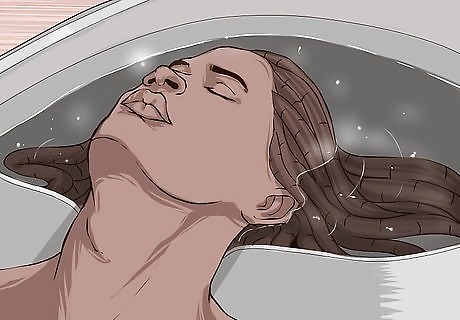
Soak your dreadlocks. It is important that your dreadlocks be saturated with water while you comb them out. Soak your dreadlocks for 10 minutes in the warmest water you can tolerate. You can do this either in the shower or by dunking your head into a sink filled with water.
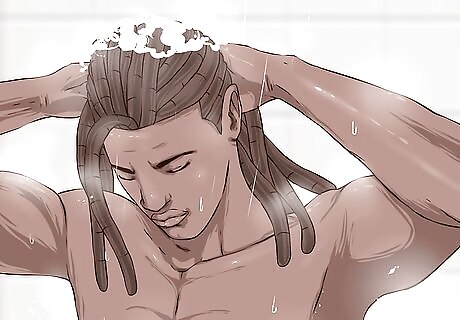
Shampoo your dreadlocks. Thoroughly shampoo your dreadlocks with a deep-cleaning or wax-removal shampoo. Work the shampoo in with your fingertips from your roots to the ends of your locks. Rinse them until there are no more suds in the rinse water. This could take 20 or 30 minutes. Avoid scrubbing your dreads since this will make them difficult to remove.
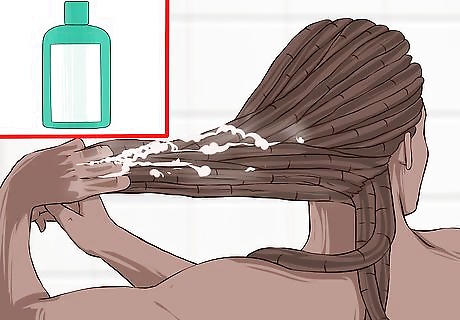
Saturate your dreadlocks with conditioner or oil. Begin at the top of each dreadlock, and work your way to the bottom, using both hands to massage conditioner into the dreads. Add a little extra conditioner to the ends. The dreads should feel slippery from the roots all the way to the ends. If they feel dry, use more conditioner.
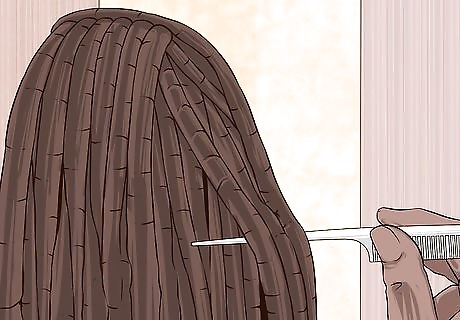
Untangle the dreadlocks, one at a time. Choose a lock to start on. Begin ⁄2 in (1.3 cm) from the bottom of the lock, and use the tail of your comb to begin picking it apart. Gently pick some hair loose and then use your fingers and the comb to detangle the strand, and finally comb it out smooth. Once this is done, go up another ⁄2 in (1.3 cm) and repeat the process until you get to your scalp. If you have helpers, have them work on the strands in the back, while you work on the strands up front. A rat tail comb is not the only tool you can use. Some people like to use a regular comb, or even sewing and knitting needles to pick the knots out. Use whatever you have on hand that gets the job done. This process takes a lot of time and patience, so plan some entertainment in the form of music and movies to keep yourself distracted. Pull the hair as little as possible. Treating your dreads roughly could result in breakage or damaged follicles. Your arms, shoulders, and scalp are likely to get very sore in this process. Use an over-the-counter pain reliever as directed to manage the discomfort.
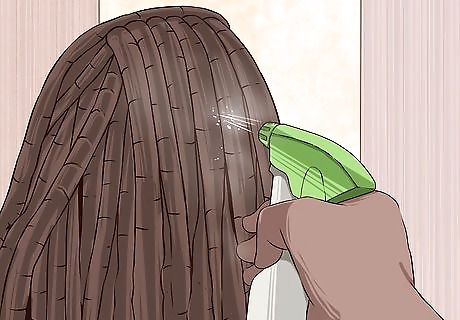
Keep your dreadlocks wet and lubricated. Have a spray bottle full of water on hand and make sure the dreadlock you are working on stays wet as you untangle it. You can also add conditioner, either regular or leave-in, as needed either by massaging it in with your hands or using a spray conditioner as you work.
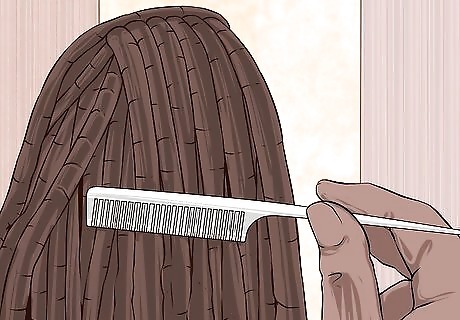
Be prepared to comb away a lot of hair. As you detangle and comb your dreadlocks, a lot of hair will pull free, but don't panic! Most of this is hair that you shed naturally a long time ago, not new hair loss.
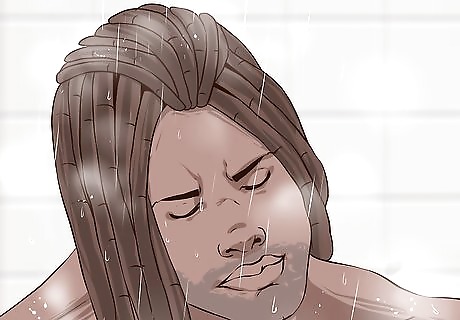
Wash and condition your newly dreadlock-free hair, and enjoy! You will probably need a trim to even out the ends, but wait a few days for the hair to settle down before getting this done.
Professional Removal
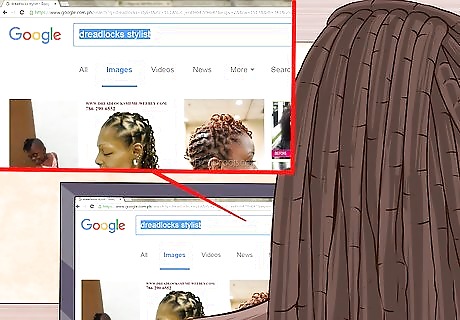
Find a stylist that specializes in dreadlocks and dreadlock removal. Use a search engine to look for a salon in your area online (try search terms: "salon dreadlocks") or ask around for a recommendation.
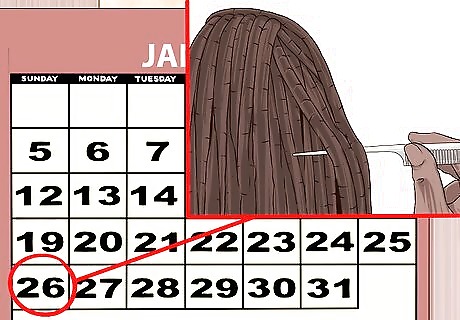
Schedule a consultation. This gives you a chance to meet the stylist, and the stylist a chance to assess your hair and give you an estimate of the time needed and costs involved. Keep in mind that a salon removal will still be very time consuming, and a full dreadlock takedown can cost upwards of $500 USD. Consider getting a few estimates since this is a such a large investment.
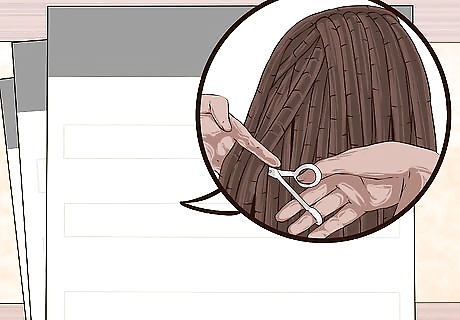
Book your appointment and enjoy! Treat the appointment like a mini-vacation, and try to have fun. Your pocketbook may sting afterward, but your arms and hair will probably thank you.












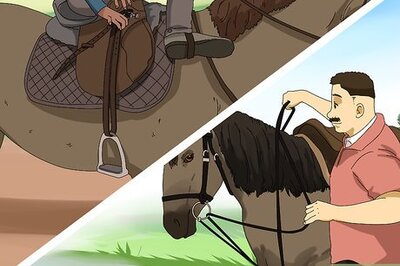

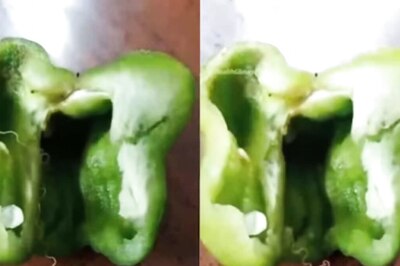

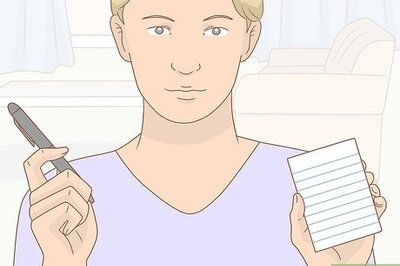
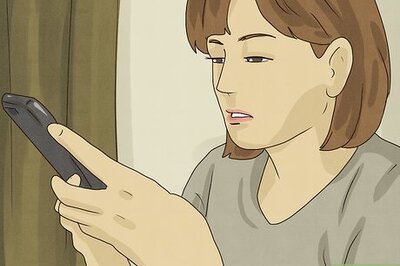

Comments
0 comment